Peter Alwast
Future Perfect
20 August–15 October 201120 Aug–15 Oct 2011
Peter Alwast mixes his mediums and metaphors. His work traverses drawing, painting, photography, installation, and computer animation. It incorporates the personal and the generic (family histories, political ideologies, psychoanalysis, poetry). Collapsing hygenic modernism into the romantic sublime, the mundane into the spectacular, his work can be mysterious, even confounding. As he says: ‘I’m interested in combining systems of representation that never reconcile, that never create a stitched-up view of reality.’
The title of Alwast’s new video project refers to the way future and perfect tenses are combined when we say something ‘shall have’ happened. Uncannily, the future perfect implies looking back on something that hasn’t happened yet. Alwast’s title also suggests a deranged, inverted version of the utopian idea of a ‘perfect future’.
In the first room, there are nine projections of looped computer animations. Many of these feature what look like representations of sculptures in gallery spaces, including interpenetrating discs, bouncing coloured coffins, and jostling cardboard cubes. In one video, a man and a woman walk towards one another, but never get together. As loops, the videos suggest perpetual motion but also stasis; there is no conclusion or resolution. Everything may be moving, but we never get anywhere. Time is simultaneously passing and standing still. In the second room, an animated video on a flatscreen suggests an origin story: the subtitles tell the story of how, in Russia, Alwart’s great-grandfather told a joke about Stalin and his child bride that cost him his life. Lying on the floor, in front of the video, are two slightly crumpled mural prints of photographs of the ocean. In the same room, there’s a clear Perspex cloud shape on a wall. Viewers will see themselves reflected in it, as if it were a distant hovering mirage.
Alwast says: ‘The first room of the exhibition, where objects are set in perpetual motion, is about departure. The second room registers some sense of arrival.’ Peter Alwast is represented by Gallery 9, Sydney. His project was supported by an Australia Council grant.















